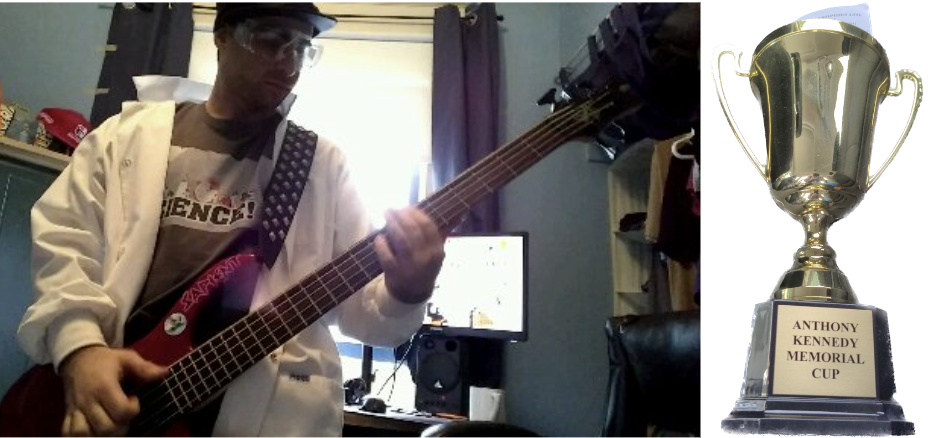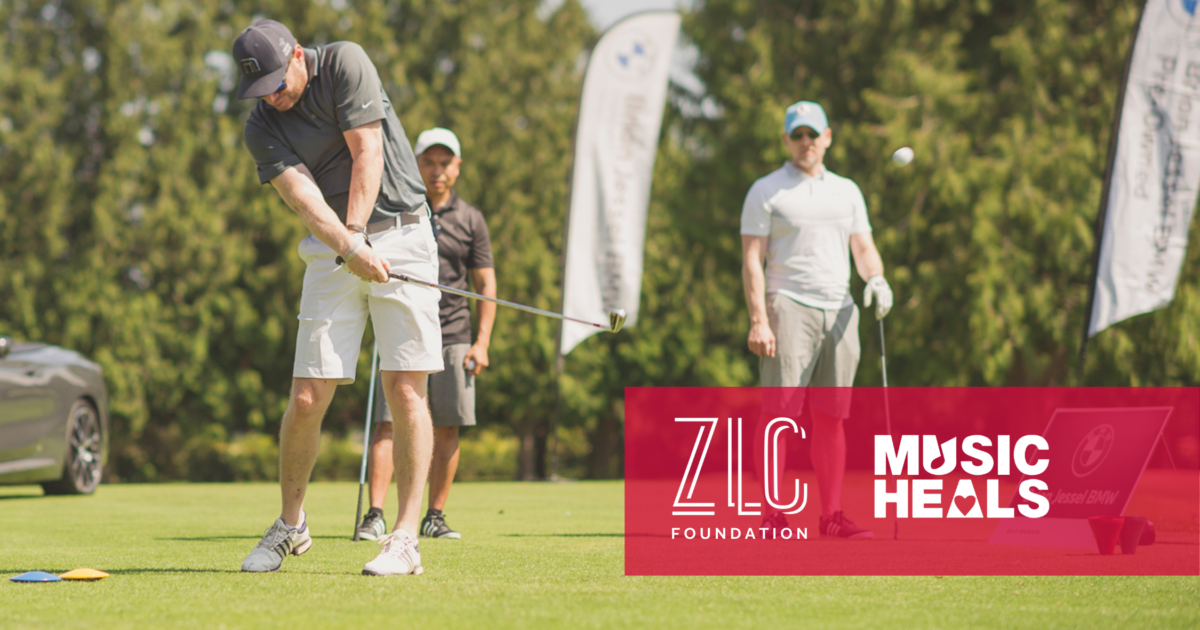
Did you know that October is Autism Awareness Month in Canada? In light of this, I thought that it would be great to feature a music therapist this month who works with children and adolescents with autism AND who also works in the school system! As you can see from her bio below, Sheila Lee has many years of experience working with students with various physical and cognitive challenges and below she tells us a little about the work that she does! For more information, check out her website:www.sheleemusic.com
_____________________________________________________________
Sheila Lee, BA, BMT, MTA, FAMI, NMT, 李詩韻
Owner, Accredited Music Therapist, Fellow of the Association for Music and Imagery,
Certified Neurologic Music Therapist, Director of Richmond Music Together®, Early Childhood Music Teacher
Sheila has been involved in music and the arts all her life. She has received training in piano, guitar, violin, voice, and dance. After completing her BA in Psychology from UBC, she decided to pursue her Bachelor of Music Therapy from Capilano University. She is now an Accredited Music Therapist and Certified Neurologic Music Therapist, working together with clients of varying ages and abilities to help them achieve their goals. To continue furthering her love of learning, she is presently completing her MA in Counselling from UVic.
Sheila’s music therapy experience includes working in the Delta, Surrey, and Burnaby School Districts, PALS Autism School, BC Children’s Hospital, Providence Health Care, as well as an internship at Holland Bloorview Kids Rehab Centre in Toronto, ON. She is gradually building her practice as a GIM therapist after completing her Level III Certificate in The Bonny Method of Guided Imagery and Music.
______________________________________________________________________________
Child: Can I play the tambourine with my nose?
Me: There is no right or wrong in music therapy. As long as you are being safe and respectful, you can do just about anything you like!
I have worked as a music therapist in various school districts for the past six years. In that time, I have challenged myself to design guidelines that balance structure and freedom in my interactions with children with special needs. I want children and teens to be free to play bells on their heads and drums with their knees; however, I also want them to know that hitting their bells on a peer’s head or kicking drums aggressively with their feet is not acceptable. To moderate this behaviour, I have considered phrases such as, “play it properly” or “play it gently,” but those phrases inhibit spontaneous and honest freedom of expression. Therefore, I have encouraged my clients to be “safe and respectful”; as long as they don’t break my instruments, and no one is injured, I encourage them to express their creativity.
Timing is also important in my music therapy practice. I constantly observe group dynamics in order to determine when to intervene. For example, I allow activities to continue when students who often fight instead find peace with each other; when group members work in sync; when kids share instruments without instructions and take turns without any adult support; and when activities stir deep emotions.
I feel it is time to intervene when music agitates my clients; when participants’ emotions enter into an unhealthy space; when a child’s body language becomes aggressive; and when clients are no longer interested. My job is not to control the group dynamics, but to be aware of what is happening within, and between group members, and myself. This informs both the pace and timing of my sessions.
I also emphasize the importance of timing by keeping my eye on the clock during every session. If I don’t end sessions on time, I will not have sufficient time to pack up my suitcase, wheel it out to my car, drive to the next school, park, and enter the next classroom to start another session. Timing is a vital part of my job.
Structured fun? Or a fun structure? Music is appealing to many children and adolescents because it shouts out, “fun!” It arouses and awakens our silly side. It stimulates our senses and tickles laughter out of our bellies. But structure can help make it fun, too.
I never structure music therapy sessions in order to control the fun. But in a school setting, I must set some limits so that everyone can enjoy themselves.
To sum up, as long as you are being safe and respectful during music therapy, you can do just about anything you like.
Written by Sheila Lee
Are you a music therapist, music therapy intern, or a professional in a field related to Music Therapy that has something to share on the Music Heals blog?
Submissions should include to links to your website and any social media channels you would like included in the article.
Submissions may be edited for length and photos for publication will require a waiver, which will be provided.Submissions should be sent to Alexina Davis: blog@musicheals.cc.






